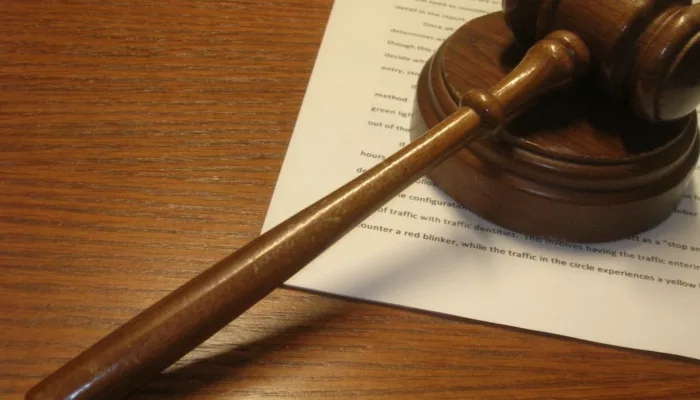Administrative Law Judges (they are also called ALJs) are federal appointees pursuant to the Administrative Procedure Act of 1946. This act gives them some independence when it comes to decision making. Plus they have immunity from any liability which might arise from their judicial acts. In general, an ALJ’s job is to handle administrative hearings. These hearings are often to determine whether a governmental agency acted properly.

An administrative hearing looks a lot like a trial. So are administrative law judges and other judges more or less the same thing?
They are similar, yes, but not identical. They have one very big difference from what we normally think of when we consider what a judge is. In generally, questions of law go to judges, and questions of fact go to juries. Judges are triers of law, and juries are triers of fact. However, an ALJ wears both hats. This type of bench trial can happen in other courtrooms. You can be in an auto accident and, if you forego a jury, you’ll get a bench trial, too. But those are rare. In administrative practice, they are the norm.
Central Duties of Administrative Law Judges
These days, there are over 1,400 ALJs in the Social Security Administration alone. An administrative law judge, for the most part, has two main duties in the administrative adjudication process. The first one is to preside over the taking of evidence at agency hearings. The ALJ also acts as the fact finder in the proceedings. Therefore, ALJs have authorization to steer the course of the hearing. They can also issue subpoenas, and make rulings on offers of proof and receive relevant evidence. ALJs can also take depositions or have depositions taken by others, hold settlement conferences, rule on any procedural requests, ask questions of witnesses, and make findings of fact and conclusions of law. An ALJ’s other chief duty is to act as a decision maker. They make or recommend an initial determination with reference to resolving the dispute.

Although ALJs are technically executive branch employees, they function a lot like trial judges do in the judicial branch. You even call them ‘Your Honor’.
Other federal agencies utilizing ALJs include the Coast Guard, the United States Patent and Trademark Office, and the Drug Enforcement Administration. However the Social Security Administration has the most administrative law judges by far; they adjudicate some 700,000 matters per year.
Details about ALJs
An administrative law judge is appointed, and not elected. The Office of Personnel Management (OPM) offers competitive tests and then uses the results to rank the applicants. Agencies will select from the top applicants available. They also consider veterans’ preferences when making their appointments. Other qualifications include seven years’ worth of trial experience and recommendations from lawyers and/or judges.
ALJs don’t all serve in Washington, DC. Instead, they serve wherever there is a need. The OPM has ALJ job openings throughout the country. An administrative law judge can rise through the ranks to increasing rates of pay, much like any other federal employee.
In addition, an ALJ can be removed from office for misconduct. Reasons for removal are what you might expect, such as misuse of privileges, harassment, etc. Fortunately, between 1946 and 1992, fewer than 24 cases for removal were brought, and they resulted in only five forced removals from office.
Are They Fair?
Administrative law judges are agency appointments. Yet that does not necessarily mean they will always rule in favor of an agency. Like any group of employees of any sort, there are good and bad ALJs. However, it should be said that on the whole they tend to be more likely to rule in favor of persons who have legal representation. However that may have to do with the strength and coherence of lawyers’ arguments. Every ALJ is different.

